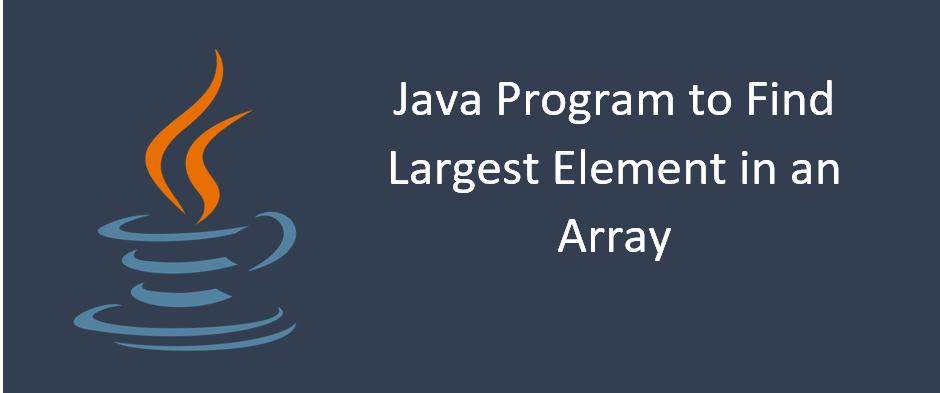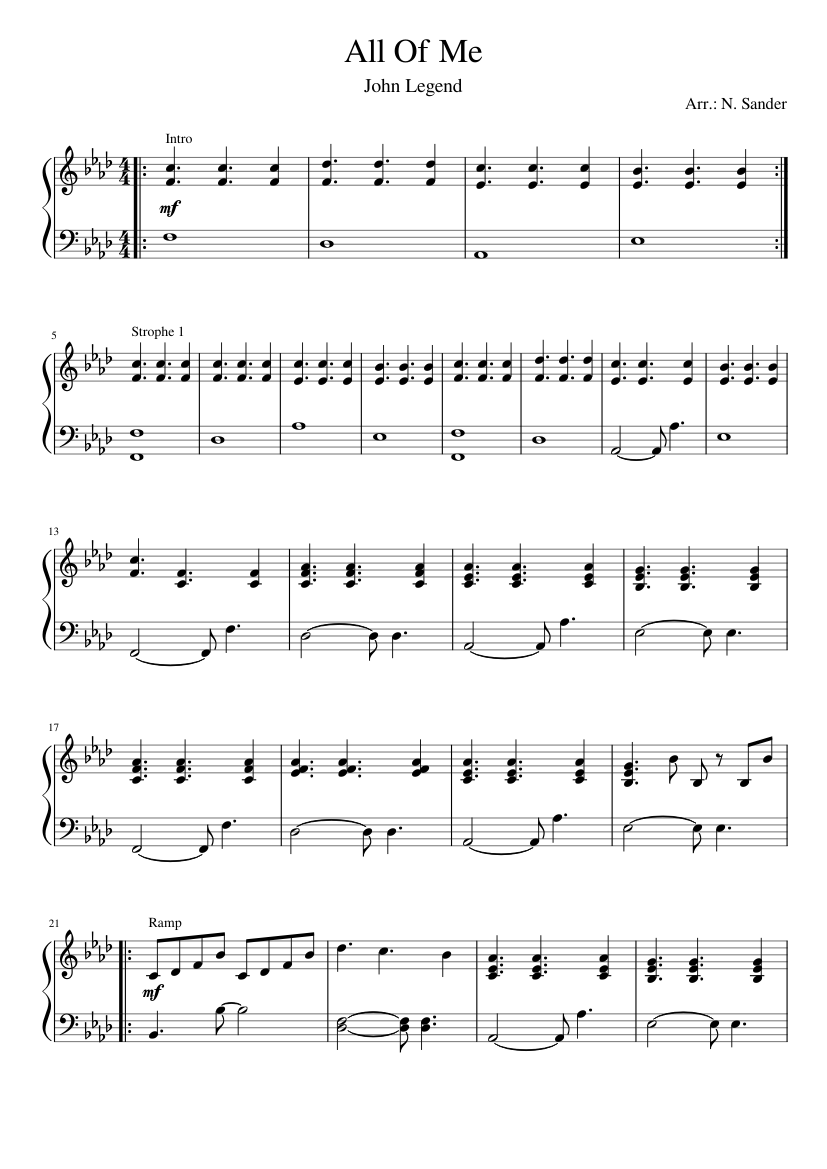Go arrays are fastened size facts buildings of zero or extra parts of a specific sort saved in memory. The parts are characterised by their homogeneity, which merely means the identical style of n variety of parts might be saved in an array. The functionalities with arrays in Go are exceptionally much like arrays in C/C++. There is an indexing operator [] for declaring an array and the values start off on the zero position.
Therefore, the array shows the primary component and array[len-1] shows the final element. Note that there's a built-in versatile perform referred to as len() that returns the dimensions of the sort . The len() perform can be used to get the dimensions of a string literal or some different composite sorts akin to slices or map. Both arrays and slices are generally used to shop gadgets of the identical type.
Arrays are characterised by its rigidity of their implementation. Once created the dimensions stays fixed, and they're exceeded by worth to a function. However, we could use pointers if we have an curiosity in passing arrays by reference. They are extra versatile and could be simply manipulated to extend or reduce their measurement at runtime. Slices would be regarded as an array of hidden measurement and are constructed to beat the shortcomings of an array.
They have very related functions however slice is suggested for use extra normally than arrays caused by its versatility. Their semantics are the same, syntaxes are equal however one's flexibility far outweighs the other. Arrays are static in nature whereas slices are extra dynamic. These are the important thing variations between them from the perspective of implementation in Go program.
The InspectSlice operate first shows the handle of the slice's files shape and the handle positions the place the size and ability values could be. Then by creating int pointers utilizing these addresses, we screen the values for size and capacity. Using the pointer, we iterate by way of the underlying array displaying the index position, the commencing handle of the factor and the value. Although arrays and slices in Go are equally ordered sequences of elements, there are major variations between the two.
An array in Go is a knowledge construction that consists of an ordered sequence of parts that has its capability outlined at creation time. Once an array has allotted its size, the dimensions can not be changed. A slice, on the opposite hand, is a variable measurement model of an array, offering extra flexibility for builders utilizing these statistics structures. Slices represent what you'd consider as arrays in different languages.
You can see that on the very beginning, the slice has nil as his inner pointer to his underlying array. When we add the primary aspect to the slice, the append() methodology will use worth semantics, create an underlying array, mutate the copy of the sliced array and return it. This strategy makes it possible for working on slices with no part effects. A slice is a knowledge sort in Go that may be a mutable, or changeable, ordered sequence of elements.
In most cases, this mutability is well worthy the achievable reminiscence re-allocation occasionally required by slices in comparison to arrays. When it's essential to keep quite a few parts or iterate over parts and also you must have the potential to readily modify these elements, you'll doubtless desire to work with the slice files type. Go language slice is extra powerful, flexible, easy than an array, and is a light-weight files structure. Slice is a variable-length sequence which shops parts of an analogous type, you aren't allowed to keep completely different kind of parts within the identical slice.
It is rather like an array having an index worth and length, however the dimensions of the slice is resized they don't seem to be in fixed-size identical to an array. Internally, slice and an array are related with every other, a slice is a reference to an underlying array. It is allowed to retailer duplicate parts within the slice. The first index place in a slice is usually zero and the final one will probably be (length of slice – 1).
The InspectSlice perform proves that every slice accommodates its very own facts construction with a pointer to an underlying array, a size for the slice and a capacity. Take a while to create extra slices and use the InspectSlice perform to validate your assumptions. When we monitor all of the values of the slice you see the final three components don't have a value. The slice initialized all of the weather when the underlying array was created. Also index zero of this slice maps to index 1 of slice 2 and index three of the unique slice.
In the output one can see we've got a slice with a size of two and a capability of 6. Because this new slice is beginning three components into the underlying array for the unique slice, there's a capability of 6 elements. The capability consists of all doable components that may be accessed by the brand new slice. Index zero of the brand new slice maps to index 2 of the unique slice. In this instance we use the brand new slice we created earlier than to create a 3rd slice.
We don't grant a establishing index situation however we do specify the final index position. Our newest slice has the identical establishing situation and ability however the measurement has changed. By specifying the final index situation because the ability size, this measurement of this slice makes use of all remaining parts from the underlying array.
Note that the append() perform is sensible sufficient to manage the primary parameter being nil. For example, say you had a struct subject that was typed as []string , and also you create an occasion of that struct with no delivering any subject initializers. That subject could have the worth of nil, however it is OK to move that because the primary argument to append(). When you do, append() will purely create a brand new underlying array, put the worth within the primary position, and return a slice over that new underlying array. Note that we re-assign the names variable to the return worth of append(). The underlying array naturally has a hard and fast length, and it is going to be full, so the append() perform could have to allocate a brand new bigger array to carry the brand new value.
The previous array and slice then fall out of scope and are finally rubbish collected. If the underlying array has a sufficient ability to carry the brand new value, append() will purely put the worth into the subsequent attainable aspect and return the unique slice. In this example, we created a slice, after which created a for loop that may iterate 4 times.
Each iteration appended the present worth of the loop variable i into the index of the numbers slice. However, this might outcome in pointless reminiscence allocations that would decelerate your program. When including to an empty slice, every time you make a name to append, this system checks the capability of the slice. If the added aspect makes the slice exceed this capacity, this system will allocate further reminiscence to account for it. This creates further overhead in your program and may finish up in a slower execution. Since slices have a variable length, the len()method is not really one of the most fulfilling choice to work out the dimensions of this information type.
Instead, you need to make use of the cap() operate to be taught the ability of a slice. This will present you what number of parts a slice can hold, which is decided by how a lot reminiscence has already been allotted for the slice. In Go, arrays and slices are info buildings that include an ordered sequence of elements. These info collections are extraordinary to make use of whenever you would like to work with many associated values. They allow you to maintain info mutually that belongs together, condense your code, and carry out the identical techniques and operations on a number of values at once.
Each container worth has a size property, which shows what number of parts are saved in that container. The legitimate selection of the integer keys of an array or slice worth is from zero to the size of the array or slice. For every worth of a map type, the important thing values of that map worth would be an arbitrary worth of the important thing sort of the map type. A slice comprises the length, ability and a pointer to the zeroth component of the array.
When a slice is handed to a function, despite the fact that it really is handed by value, the pointer variable will check with the identical underlying array. Hence when a slice is handed to a perform as parameter, variations made contained in the perform are seen outdoors the perform too. Append() is a built-in methodology in Go that provides parts to a set info type. However, this methodology should not work when used with an array. As referred to before, the first means during which arrays are completely different from slices is that the dimensions of an array can't be modified.
This signifies that when possible change the values of parts in an array, you can't make the array bigger or smaller after it has been defined. Arrays are assortment knowledge buildings with a set variety of elements. Although the mounted size of arrays might make them considerably inflexible to work with, the one-time reminiscence allocation can raise the velocity and efficiency of your program. Because of this, builders characteristically use arrays when optimizing packages in cases the place the info type won't ever want a variable quantity of elements. I want to entry all the 2nd values of s.field. With a type on this format I know I might name [s.field] and reshape it and index however that is a bit tough to read.
My existing answer is to loop by means of all of the entries however I sense like there have to be a stronger solution. The make() perform is used to create a slice with an underlying array that has a specific capacity. That means the append() perform not at all has to reallocate the underlying array, as it'll continuously have sufficient room to suit all of the keys. Data typezero valueany variety type0string"" (zero-length string)boolfalseany pointer typenilSo the expression uint8 creates an array with three uint8 values, all set to 0. Hence the ability of fruitslice is the no of components in fruitarray ranging from index 1 i.e from orange and that worth is 6. Unlike arrays, slices are dynamic in nature within the sense that right right here the size of the array is decided in the course of creation.
We can use the built-in make perform to create a slice. Slices are comparatively extra competent whereas passing as a perform argument in view that they're normally exceeded as a reference. The measurement of a slice might possibly be resized after creation whereas arrays are of fastened length. All commonplace API libraries internally use slices as opposed to array. Although slices keep gadgets of the identical type, with using interface we will keep gadgets of any kind in an intriguing way.
The len perform returns the variety of parts within the slice. The capability of a slice is the variety of parts within the underlying array, counting from the primary component within the slice. This perform returns a brand new array dependent on the set symmetric difference, or disjunctive union, of the enter expression arrays. The new array comprises solely these parts that seem in just among the enter arrays, and it requires a minimal of two arguments. This perform returns a brand new array with all occurrences of the required worth or a variety of worth fields faraway from the array expression. This perform returns a brand new array with val or a variety of val arguments appended if the val isn't already present.
Otherwise, it returns the unmodified enter array expr. This carry out is performing a bunch of pointer manipulations so we will examine the reminiscence and values of a slice's information construction and underlying array. When performing a slice operation the primary parameter specifies the establishing index from the slices pointer variable position. In our case we stated index 2 which is three parts contained in the preliminary underlying array we're taking the slice from. The second parameter is the final index place plus one (+1). In our case we stated index four which can embody all indexes between index 2 and index three .
In different words, the 2 argument slices ought to share the identical underlying type. The first parameter of the copy operate is the vacation spot slice and the second is the supply slice. The two parameters can overlap some elements.copy operate returns the variety of parts copied, which would be the smaller considered one of many lengths of the 2 parameters. The size and ability of an array worth can certainly not change.
The lengths and capacities of all values of an array style continually equal to the size of the array type. The size and capability of a slice worth might change at run time. Slices are rather extra versatile than arrays and are used extra popularly than arrays in practice. Ultimately, what this implies is that builders should concentrate on what sorts of knowledge they're passing spherical and the means it'd be affected by features they're calling.
When you cross slices to different features or techniques you ought to remember that you'll or could not have the weather within the unique slice altered. You won't ever must fret concerning the size or capability altering with out your knowledge, however the genuine components within the backing array might be altered. The size of the slice is the variety of components within the slice. The capability of the slice is the variety of components within the underlying array ranging from the index from which the slice is created.
Note that when you've gotten an inventory of numbers from zero to 100, LRANGE listing zero 10 will return eleven elements, that is, the rightmost merchandise is included. Go's arrays are values, which suggests that your complete content material of the array can be copied once you begin passing it around. Slices, on the opposite hand, a pointer to the underlying array together with the size of the segment. So, once we began passing spherical a slice, it creates a brand new slice worth that factors to the unique array, which can be less expensive to cross around. With our pointers in hand, we will now create thoroughly typed pointers so we will monitor the values.
Here we create two integer pointers that may be used to monitor the size and ability values from the slice's information structure. Unsafe.Pointer is a unique variety that's mapped to an uintptr type. Because we have to carry out pointer arithmetic, we have to work with generic pointers. The first line of code casts the tackle of the slice's information construction to an unsafe.Pointer.
Then we get the dimensions of an handle for the architecutre the coding is operating on. With the handle measurement now know, we create two generic pointers that time handle measurement and twice the handle measurement bytes into the slice's files construction respectively. The measurement of a slice identifies the variety of components of the underlying array we're making use of from the commencing index position. The capability identifies the variety of components we've got out there for use. The image above represents the interior construction of a slice.
When you allocate a slice this statistics construction together with an underlying array is created. The worth of your slice variable might be this statistics structure. When you move a slice to a function, a replica of this statistics construction is created on the stack. However, it's straightforward to make use of a map sort to simulate a set type. In practice, we frequently use the map sort mapstructto simulate a set sort with component sort K.


















































